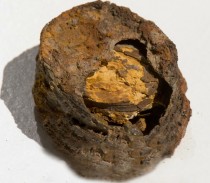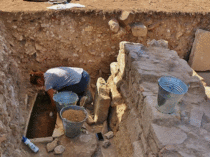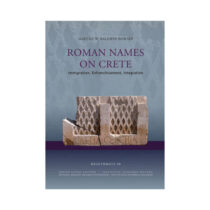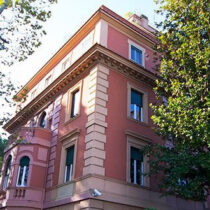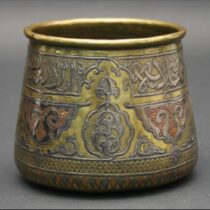An Egyptian archaeological team has uncovered the remains of a residential city from the early Coptic era at Ain al-Kharab in Egypt’s Western Desert, according to a statement by the Ministry of Tourism and Antiquities on July 24.
The city is located in the Kharga Oasis, within the Islamic and Coptic archaeological zone of New Valley Governorate. It sheds light on a key period in Egyptian history. During the Ptolemaic and early Roman eras (3rd century BC to 2nd century AD), this area was part of a settlement where polytheism was the norm. In the following centuries, it became a hub of early Christian life, illustrating the gradual religious shift from paganism to Christianity.
The excavation, conducted under the Supreme Council of Antiquities (SCA), revealed remains of houses, tombs, churches, and a mural showing Jesus Christ healing the sick.
Tourism and Antiquities Minister Sherif Fathy said the discovery highlights Egypt’s rich cultural and religious history. He stated that the find enhances our understanding of early Christianity in Egypt and reflects the values of tolerance rooted in the Egyptian heritage.
Mohamed Ismail Khaled, SCA Secretary-General, called the discovery a major contribution to ongoing research in the western oases.
Among the uncovered structures are mudbrick homes, many with plastered walls and storage spaces that held large clay jars for storing grain and food. Archaeologists also found domestic ovens, pottery fragments, ostraca (pottery shards with writing), glass and stone artifacts, and human graves.
Two churches are among the site’s most notable features. The first is a large basilica-style church with a central hall and two side aisles, supported by three rows of square columns. Service buildings were located on its southern side.
The second church is smaller and rectangular, with remnants of seven outer columns. Coptic inscriptions are still visible on parts of its interior walls. More service facilities were found west of the site.
Siham Ismail, Director General of Antiquities in Kharga and head of the excavation, emphasized that the site had been in use over several historical periods. Roman-era structures were later repurposed during the early Coptic and Islamic eras, reflecting the area’s role as a center of both continuity and transformation.
This excavation is part of broader efforts to promote archaeological exploration across Egypt and to raise public awareness of the country’s diverse cultural heritage.

